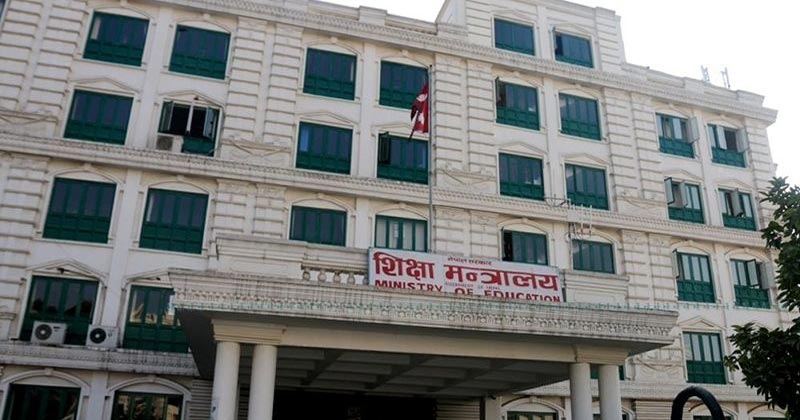
The government has once again implemented the School Education Sector Plan (SESP) to increase the quality of school education. In the first phase, the total budget of this program for a period of 5 years has been fixed at 9 trillion 91 billion 329 million rupees. The program is scheduled for 2022 to 2027.
To increase the quality of school education, the government invested 10 Trillion in the School Sector Development Program (SSDP) last year. How much did the program improve in the improvement of school education? But in the first phase, only a five-year budget and program have been decided.
In the past, the government has introduced SSRP, then SSD and now SESP program under the pressure of donor agencies. All three programs have the same objective and strategy. The current SESP also emphasizes on the implementation of compulsory and free basic education and free secondary education, effective coordination framework and accountability between state and local governments. It has taken the main strategy of creating, improving the school leadership system, improving the educational information and data system and developing evidence-based educational management, planning, construction and evaluation procedures. The emphasis on improving the quality of secondary school education is mentioned in the school education sector plan document.
On Wednesday, a program was organized at Padyodaya Secondary School in Kathmandu with the participation of representatives of the Ministry of Education and the European Union and a formal announcement was made about School Education Sector Plan (SESP).
Teachers, staff, school parents, students, joint secretary of the Ministry of Education, local government representatives and European Commissioner Ursula Vonderlien will be present at the program for the first five years.
European Union Commissioner Ursula von der Leyen announced that 8 billion Nepali rupees will be provided to Nepal in the program costing 10 billion. The remaining amount will be from Finland, Norway, World Bank, UNESCO, UNICEF, Asian Bank and Government of Nepal.
Koirala, an educationist, is of the view that the Nepal government will provide 88.8 percent for SSDP, the World Bank 2.9 percent and the rest of the expenses will be managed by joint financial partners.
Ursula von der Leyen, Commissioner of the European Union, said that the Union has increased its investment in education because Nepal has made good improvements in the education sector in the past SADP and SSRP. "Due to the impact of the previous program, literacy has increased in Nepal, but there are only a few students who are out of school," she said.
Although the Ministry of Education implemented SSDP with the main goal of making school education up to class 12, increasing the enrollment rate, reducing the 'dropout' rate to zero and teaching technical education up to class 9-12, it was difficult to complete due to the lack of coordination of the relevant agencies. The government had earlier implemented the School Sector Reform Program (SSRP) with much fanfare by spending 7.2 trillion rupees. In 2009, SSRP was implemented as a pilot project in three districts namely Kapilvastu, Rasuwa and Dadeldhura and later the program was gradually implemented in other districts.
The SSRP decided to make school education at the basic level (classes 1-8) and the secondary level from classes 9 to 12. Only after the amendment of the Eighth Education Act, school education was established from class 1 to 12. Although it has been decided that the local government will conduct the class 8 exam, the class 10 exam will be conducted by the state government and the class 12 exam will be conducted by the National Examination Board.





